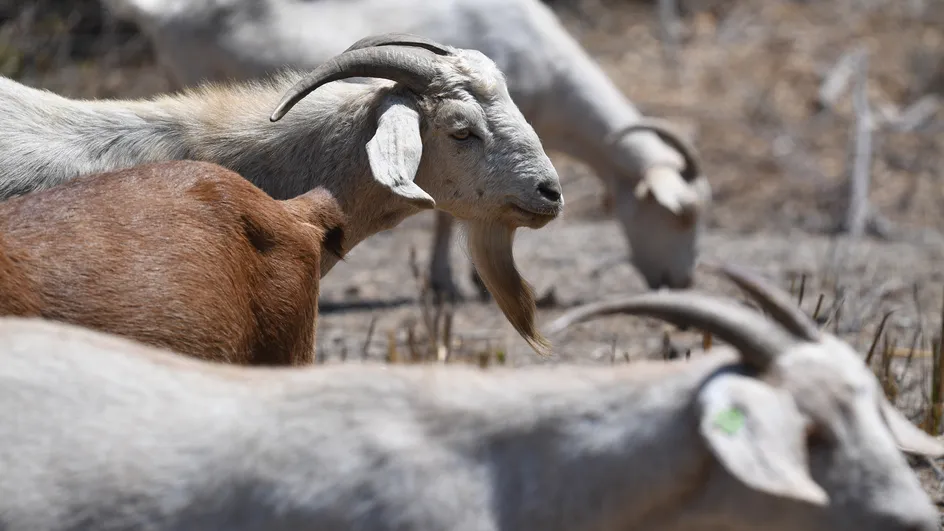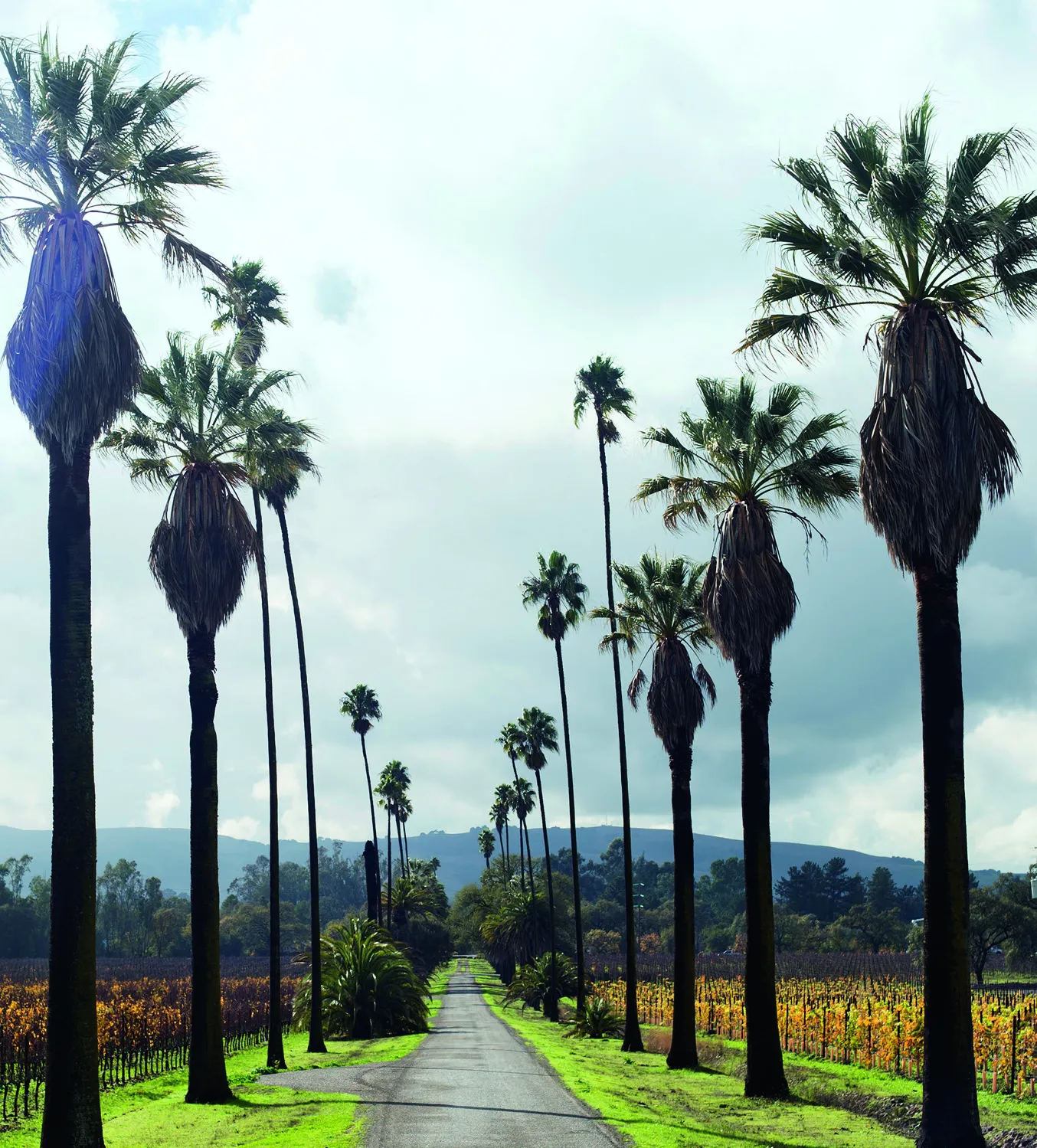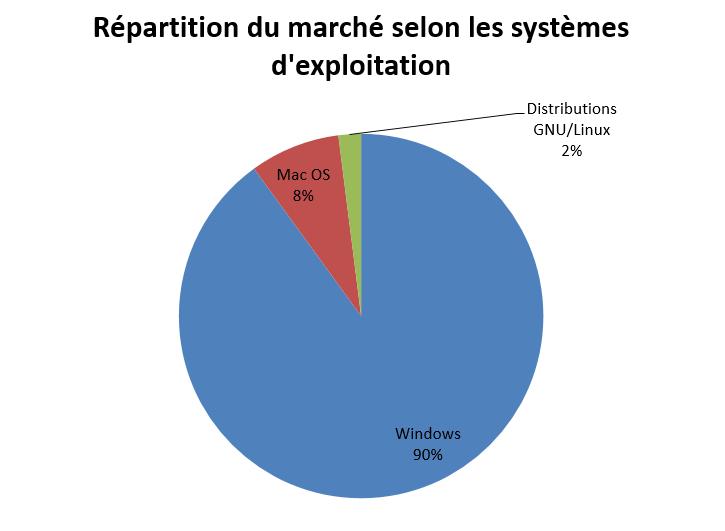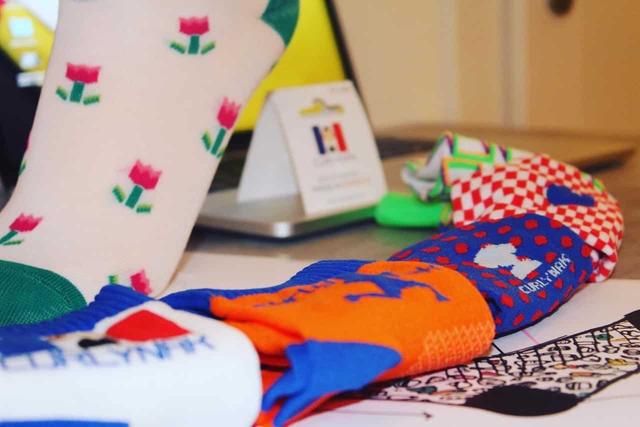Is the Basque Champions of Florida Champions and Labeurs what is "Cesta Punta"?King Istorza
For more than half a century, dozens of champions have come from the Basque Country to hit the frontons of Florida: here is their story (and an interview with world champion Eric Irastorza).
This is a modern casino, but includes a small museum. A single room bringing together newspaper clippings and memories of a 20th century that unfolded at full speed for the promoters of a great sport, coming straight from antiquity via… the Basque country. At another location in this Miami casino, there are two doors side by side. Behind one of them is a maker of balls, which are called balls. Here, everything is made in-house. Behind the other door, there are two gentlemen weaving wicker chisteras using a piece of glass. These are the remnants of another age, when when you entered the great hall… “looking at the rows and rows of seats, you can imagine another era. There were thousands of people every night, men in dark suits and hats touching shoulder to shoulder. They were making waves with their programs, downing brown liquor, smoking cigarette after cigarette or, better still, puffing thick cigars acrid smoke that filled the room, just below the giant ceiling lights, in a ghostly blue haze. As the men on the field used oblong-shaped baskets to toss a goatskin ball repeatedly against a granite wall, the crowd screamed, laughed, and the men patted each other on the back. There was a time when the Miami Jai Alai's pediment audience was so large that the players on the field could barely hear their own thoughts. – published in English on February 28 on SBNation by Michael J. Mooney and which can be read here:
http://www.sbnation.com/longform/2013/2/28/4036934/jai-alai-sport-in-america-miami
Not without journalistic talent: it's like being back in the 1970s, those of Cuban exile... and those of Basque exile too, in any case of its greatest players caught up in Florida by the financialization of Jai Alai .
GOLD RUSH OF THE GUYS FROM THE PYRENEES
The only place in the world where betting was allowed on this sport, the USA attracted guys from the Pyrenees – having learned to play against the wall of their church – as well as those (less numerous) from Latin American countries where Basques from Spain had exported the pelota – and in particular from Cuba and Mexico – which converged somehow on Miami, a place a little more tolerant since this Castro revolution which did not like gambling. In the country of capitalism, we do not play Basque pelota in the league, but “in business”: each for himself in his Jaï Alaï. "That's why the Jaï Alaï didn't want there to be too many American players. They knew their rights, while we didn't know anything about them“, says Serge Camy with whom we will go back in time to this beautiful Florida adventure. Camy was world amateur champion of cesta punta in 1970 before spending 10 years on the Miami Jaï Alaï wall – that of the elite – between 1972 and 1982. He will be 62 years old in October 2013, and is still a sports educator at BAC, the Biarritz Athlétic Club which is the training club for many of the greatest players of cesta punta.
SINCE 1924 IN MIAMI
The fashion for Jaï Alaï began in the USA in 1904 when a wall was erected to make people discover this sport during the Saint-Louis international fair. But it took 20 years for Florida to build its first pediment in 1924 at the Hialeah Race Course in Miami. In the middle of the century, the cesta punta became increasingly popular, both on the mainland and on the island of Cuba. But on January 1, 1959, Castro and Guevarra took power in Cuba. Their political line has been clear since the beginning : according to them, the island has been transformed into a casino-brothel for Americans on the go, and they intend to put an end to this money that corrupts… and the games that go with it. The big players are coming to Miami and the cesta punta is now in the hands of American promoters. Here players can make a good living from betting. "When we were kids in the Basque Country, in the summer we saw the stars arrive who were called Churruca, Egurbid, Orbea-1, Chimela", continues Serge Camy. “And then at the end of the 1960s, there was a big strike in Florida: the players wanted to be paid more. They were not afraid of anything, thinking that the bosses of Jaï Alaï could never separate themselves from the big stars that they were. But they did, and 150 to 200 players got kicked out of Daytona, Orlando, Miami or Tampa. Instead the bosses have taken young people. I arrived a bit thanks to that in 1972. I had already won an amateur tournament there, and they approached me to stay in Miami. When I was 16, I had also taken part in the Olympic Games in Mexico where pelota was on display, so I was not well known. But I had to do my military service in France. When I became world champion in 1970, they asked me to come over there again, and I took the plunge.”
“YOU WAS DEALING BY YOURSELF AT MIAMI AIRPORT”
“Out of 45 players in Florida, I was the 4th or 5th Frenchman and we were only 2 in Miami with Jean-Pierre Etchevy who had arrived the previous year. As much as the Spaniards were numerous enough to help each other, but when you were French, at that time you had to manage on your own at the Miami airport. At first we lived together with Etcheverry, but it happened to sleep at 3 or 4 in the same apartment: the mentality was different at that time, our goal being to keep the money we had earned! It must be said that the season only lasted 4 months, the promoters having divided the year into three periods: one for pelota, the other for horse racing, and the last for greyhounds. “We played every day except Sunday. On a typical day, we would arrive at the pediment at 11 a.m., leave at 5 p.m. and return at 6 p.m. and play a second time until 1 a.m. » In 1975 the Miami Jaï Alaï established its record number of spectators at 15,502 people present in a single day! “But there were often around 14,000 people. It was that year that we started playing for 10 months instead of 4. Frontons opened and we went up to 15 or 16 Jaï Alaï in Florida. As a result, we had to hire twice as many players and that's at the same time... what killed us! The "death" of which Serge Camy speaks was not instantaneous, but it is - it is true - linked to this culmination of the year 1975. Previously, to caricature a little, it was a sport elite for an elite audience.
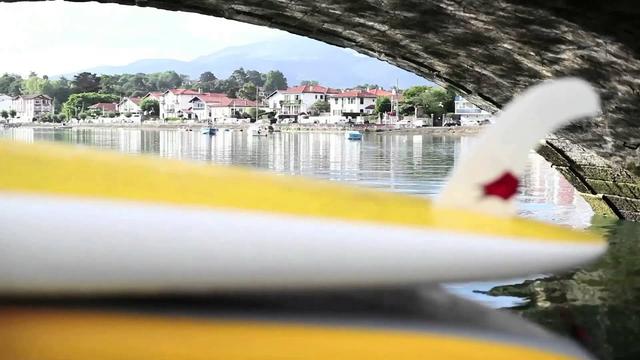
AN ELITE SPORT FOR AN ELITE AUDIENCE
“It was the high society that came to see us play. The men wore suits and ties and bow ties; the women were in evening dresses. They were dropped off at the door and spent a lot of money. When we played these double days, he spent up to 1 million dollars in a single day at Jaï Alaï in Miami. Everything was expensive there: the programs, the cokes… I can assure you that some bosses made a good living! However, the popular success of the pediments during the 1970s – a certain democratization – meant that Florida high society was no longer alone in these places. She is less interested in spending her money there. "We went up to 300 or 400 players in Florida, but the less good ones were obviously less well paid."
“In 1988 with their strike they killed the goose that lay the golden eggs. Farewell to the Chevrolets, the sun and the chicks! It was in my opinion completely imbecile.” ( SERGE CAMY )
"GOODBYE THE CHEVROLET, THE SUN AND THE NANAS"
“In 1988, six years after I left, they went on strike for a year to get better wages. The Jai Alai never recovered. There were pickets where customers were insulted. It was in my opinion completely imbecile what happened: they killed the hen with the golden eggs. Farewell to the Chevrolet, the sun and the chicks ! however, we must remember all that the Jaï Alaï brought in terms of finance to the Spanish Basque Country: they brought back a lot of money, got into real estate…
Today there are only 4 or 5 players who earn a good living in Florida, and the others much less“, in the half-dozen Jaï Alaï who have not been shot (in Miami , Orlando, Reddick (known as “Ocala Poker and Jai Alai”), Fort Pierce, and Jasper (known as “Hamilton Jai Alai and Poker”)). That of Dania Beach was sold in May to a group of Argentinian casinos and it is being restructured. Now, most establishments are actually losing money with Jai Alai. In order to help them, a Florida law granted them the right to become casinos (an activity mainly carried out in Florida by the Seminole Indians) but in return the Jai Alai must obviously offer a minimum number of pelota competitions to their public. It is therefore sometimes to keep their casinos that establishments keep their fontons!
In any case, today in Tampa, Daytona Beach, West Palm Beach, or Quincy, there are erected walls whose population has forgotten what they could be used for. In Melbourne, we no longer bet on men, but on dogs, since the land has been converted for greyhound racing. "It's a big mess", concludes Serge Camy. “And that has consequences here in the Basque Country: some young athletes will rather go into rugby or other sports because they will not be able to earn a living with pelota. We, we lived extraordinary years, with this crowd which scolded us, insulted us, because they had played for or against us… It was incredible. I would never have stayed in the USA, but what we experienced there was still fabulous. Those were great years of freedom and I thank God every day for having experienced that: I still talk about it every day!”
BETWEEN 2,000 AND 10,000 EUROS PER MONTH
There were therefore dozens of Frenchies to come, like Serge Camy, to hit the balls in Florida, to fly away like felines under the more than admiring eye of pretty Floridians. But if the fall of the Jaï Alaï was spectacular, the game is still not dead. For 20 years it has been Eric Irastorza who has starred at Miami Jaï Alaï, and before him it was Daniel Michelena who concentrated the bets on his person for two decades as well. These stars are only the best known among several dozen others who came from somewhere between Bayonne and Biarritz to become famous here, hitting the wall 6 days a week and 4 hours a day, chaining game after game to win between 2,000 and 10,000 euros (for the best) and return each summer to the country crowned like uncles from America who have made a fortune in their white suits. In July and August, they compete in the country for the Gant d'Or (in Biarritz) or the world championships; spend a few weeks with the family, then fly back to South Florida.
Daniel Michalena – who now works in an office just above the small casino museum we were talking about at the start – commented to our colleagues from L’Equipe on what young players should do. “Arriving here at 18-20 years old is not ideal. The best thing is to be prepared for the future, to have finished your studies. Cesta punta will never pay like American football or baseball. But I still think it's worth trying the adventure in Florida."
It is on this model of life that Eric Irastorza studied business before arriving in Miami, despite the temptation, for him too, to come there immediately. Moreover, the world champion has already launched a clothing line (very Basque) in order to diversify its activities (www.ttilika.com).
Times have certainly changed, but for a young Basque, the Jaï Alaï of Miami is still very tempting, and generations of young players continue to call Daniel Michelena in order to cross the ocean that separates them from him. .
Certainly, between the prosperous years of the 20th century and today, there are therefore fewer and fewer players, this sport having become difficult to access and with few professional places for young people. But, paradoxically, the players in practice are certainly the best of all time – and in any case the strongest – who, competing against each other non-stop, spend their time improving (much like a football championship where there would only be PSG, Juve, Barça and Real!)
"It is certainly the best jai alai that is being played at the moment, and there is hardly anyone to be there to see it", says Juan Ramón Arrasate in the article by Michael J. Mooney. This may be an opportunity for Florida's Jaï Alaï to reconnect with its elitist roots and restart a cycle... or find ways to return to fashion. With, in any case, Le Courrier de Floride at the forefront of its supporters !
G. G
The almost visible hand of the mafia
Obviously, the world of sports betting could not leave the mafia indifferent to the sums that were at stake here. Three Jai Alai bosses were killed in 1981 and 1982: one was killed on a golf course, another was found in the trunk of his car with a bullet in the head at Miami airport, and the another was never found. Were the bets rigged? In any case, it seems impossible for players to cheat or voluntarily lose games: the game is going much too fast. It is probably much higher than them in the hierarchy of casinos that systems to collect sums of money were perhaps put in place. But we will know a lot more… in a few decades!
Chistera, Jaï Alaï, Cesta Punta… here are some essential vocabulary words to understand Basque pelota. You just have to read an article in the Sud-Ouest newspaper on this sport to realize that, even written in French, you don't get in the way of all these words using the Basque language, Basque onomatopoeia and Basque slang! So… here is the minimum!
The cesta punta is Basque pelota, of course, but it is the most spectacular of its many variants. Because… there are two dozen different Basque pelota games! The pelota (ball) can be sent by the palm of the hand as well as using a kind of wicker basket (the chistera). Either the ball is sent directly from one opponent to another, or after bouncing off a wall called the "pediment". When we use the “grande chistera” and we throw the ball on a “Jaï Alaï” (a specially dedicated wall) then we play Cesta Punta (but in the USA we say “play Jaï Alaï” and we pronounce the word “Hi Li”).
Two teams of two players compete and return balls that can exceed 300km/h (the world record is homologated at 302km/h in Newport New-Jersey). The goal is to return the ball on the fly or after a single bounce, like in tennis. The player who cannot bring the ball back to the fronton loses the point and returns to the cage hoping to be able to get back into the game.
VARIANT OF PALM SET
This is obviously a variation of the tennis game, practiced by all civilizations and which consisted of sending a ball to your opponent through a wall. Practiced throughout France (King Louis X died playing tennis (after drinking an iced wine in 1316)). But at the time of the French Revolution, tennis became less popular in Paris and in the regions, until it became only "Basque": since they never abandoned it, nor in the French part of their territory, nor in the Spanish part. The first “stars” of Basque pelota date precisely from the end of the 18th century, and the game became more spectacular at the end of the 19th century. At the beginning of the 20th century, the pelota also experienced a major rebound (if one could say so) with the discovery of rubber.
But despite all these changes and this Miami professionalization, many Basques in France or Spain are still “manistes”: those who still pass the ball with their bare hands.
Last August in Biarritz, for the 4th time in his life, Eric Irastorza became professional world champion in cesta punta. He is the No. 1 back at Jaï Alaï in Miami.
LE COURRIER DE FLORIDE: What was your daily life like in Florida during all these years?
ÉRIC IRASTOZA: When I arrived in 1998, my daily life was to play practically every day, since there are bets on the Cesta Punta 6 days out of 7……so the training sessions are mainly physical and the quinielas are played every day.
The C.D.F: Have you ever felt homesick?
E.I: Not too much because I have the chance to come back every summer to play tournaments in the Basque Country… This is a very good compromise for me.
The C.D.F: In the Basque Country, do you think there are still as many young people who would like to cross the Atlantic to do like you?
E.I: Yes I think, young people are always attracted by the fact of coming to play in the United States, it means something to them, unfortunately the places are limited since there are not many Jai Alai anymore.
The C.D.F: Would you advise them to do so?
E.I: Of course, especially when you're 20, it's a great adventure….we play pelota, we live in Miami, we learn about other cultures, languages…. is very rewarding.
The C.D.F: What changes have you noticed in your sport during these decades? (it is said that the players are much more hitters than before…)
E.I: I think so too, cesta punta has evolved like other sports, physically, the best players are 1.95 and 100 kgs, so it is obvious that the ball goes very fast.
The C.D.F: Do you confirm that the level of Cesta players is much higher than it was 20 years ago?
E.I: I think they are different generations, so difficult to compare, but the physical side has certainly evolved.
The C.D.F: How could your sport develop positively ?
E.I: My sport in the Basque Country is different from that of the United States, but as a general rule, it would be necessary to set up a ranking system and organize tournaments with more media coverage…. This is precisely what is missing: the visual.
The C.D.F: Should it be better supported (by the ministry or others…) ?
E.I: Sustained but above all much more publicized……
The C.D.F: Do you still have strong emotions after all these years at the top ?
E.I: Of course, in the summer in the Basque Country, when we play high-level tournaments, there is a lot of pride and desire... so the passion continues and remains intact despite all these years.
The C.D.F: How do you explain your longevity?
E.I: I think it's the result of a lot of effort, perseverance, seriousness but also all the passion I have for my sport... beyond the fact that it has become my job, it's always a pleasure to be able to throw a ball at 250km/h.
The C.D.F: Is your right arm (at this point) much thicker than your left?
E.I: (Laughs) Yes, and I think it will stay that way despite proper weight training!
AWARDS:
– World pro champion 2000, 2006, 2007 and 2013.
– 16 times amateur world champion.
– 5 times winner of the Saint Jean de Luz Internationals.
– 6 times winner of the Gant d’Or de Biarritz.
– 3 time winner of the Citrus Orlando.
– Winner of Najf 1999
– Winner of the 1999 Mohegan Sun Milford.


